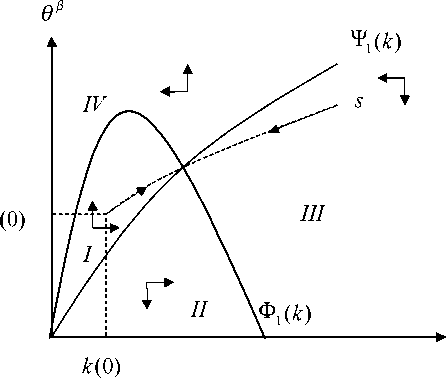
Figure 4: Analysis of the Stability for the Steady-State.
dynamic factor allocation function17
θβ =
(1 — a) (1 — β (1 — ω) λ0
t⅛A (1+C∕)
k“-1 + β(u — V) + v
— k".
λ
ʌ ʌ
Considering U = V =
ʌ
—θ, the function can be rewritten as
β 1 + C1
ka~1 —
(1 — a) (1 — β (1 — ω) ʌo
ʌ
θ)θʌ
kaθ~β+ v
λ θ. (25)
Equation (25) shows the transitional dynamics for θβ, i.e. labor market tightness
increases if
θβ >
(1 — a) (1 — β (1 — ш) λ0
Г -I k
ʌ ʌ
Cv0λ v — λ+ ɪkɑ-i
Thus, labor market tightness increases, if the realized level of labor market tightness
is greater than the equilibrium level and vice versa.
Furthermore, the following dynamic capital accumulation function can be derived
ЯЧ18
as
k= , '
1 + CjS
ka
ʌo
— (λ + e) k.
(26)
17See appendix.
18For a detailed derivation see appendix.
21
More intriguing information
1. SAEA EDITOR'S REPORT, FEBRUARY 19882. The name is absent
3. The Modified- Classroom ObservationScheduletoMeasureIntenticnaCommunication( M-COSMIC): EvaluationofReliabilityandValidity
4. The name is absent
5. Tax Increment Financing for Optimal Open Space Preservation: an Economic Inquiry
6. The name is absent
7. ALTERNATIVE TRADE POLICIES
8. The fundamental determinants of financial integration in the European Union
9. PEER-REVIEWED FINAL EDITED VERSION OF ARTICLE PRIOR TO PUBLICATION
10. The Shepherd Sinfonia